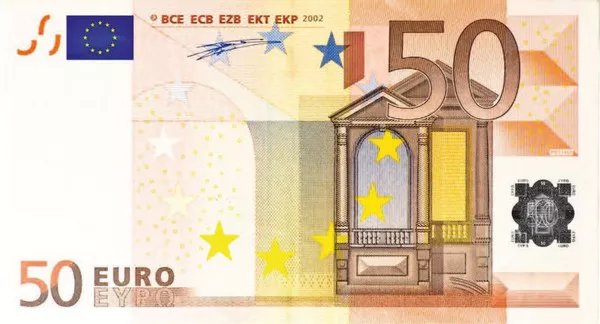Paper money is made from cotton fibers and hemp.
Long cotton fiber makes the paper unbreakable, good ink absorption, and not easy to fade.
Hemp fiber is strong, makes paper crisp, circulates for a long time, does not bristle, and is somewhat resistant to water, oil, and certain chemicals.
Dollar paper has no added whitening agent, it is white and does not reflect under violet light.
Since 1880, red and blue fiber filaments have been sandwiched in dollar bill paper and mixed with pulp when making paper.
As a result, some fibers are clamped to the paper, and some fibers float on the surface and can be picked out with the tip of a needle.
Before 1928, red and blue fibers ran down the middle of paper money, a narrow band running from top to bottom.
Editions from 1928 and later, full edition fiber spread.
Since 1990, a security line made of polyester polymer called Myra has been added to the dollar paper (on the left side of the portrait).
The security line has and denomination figures that can be clearly seen in the sun.
The ink on the front of the dollar is black, slightly dark, slightly gray, and the back is green.
In every edition since 1934, magnetic material has been added to the ink.
Real magnetic dollar bills are made with special inks such as fluorescent ink and magnetic ink.
Therefore, the green sign and green number on the right side of the front of the dollar can be wiped on the white paper to leave a green mark on the paper.
Some dollars issued after 1996 will display black and green depending on the Angle of the light.
The main patterns of the dollar are engraved intaglio, library printing, and continuous numbers.


























